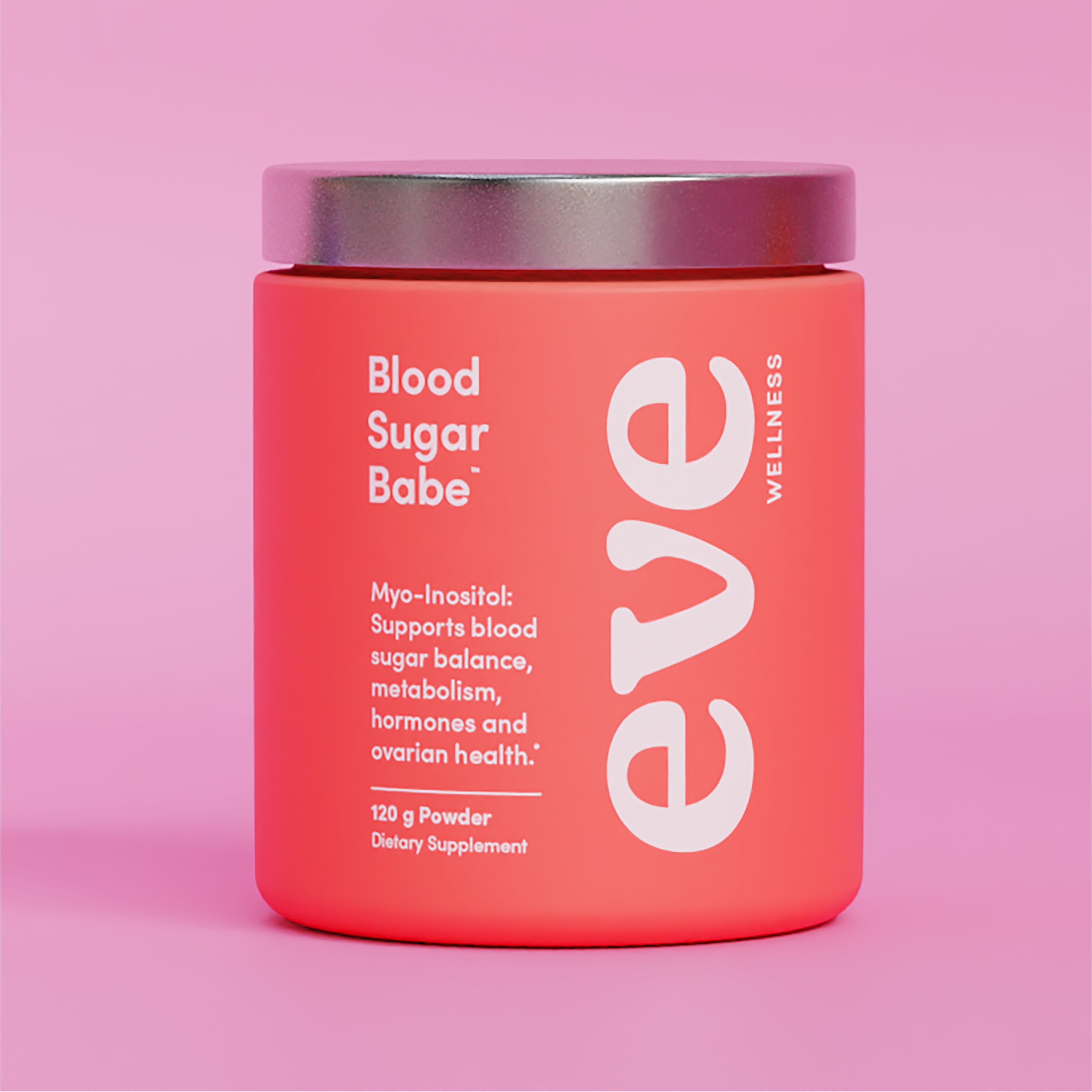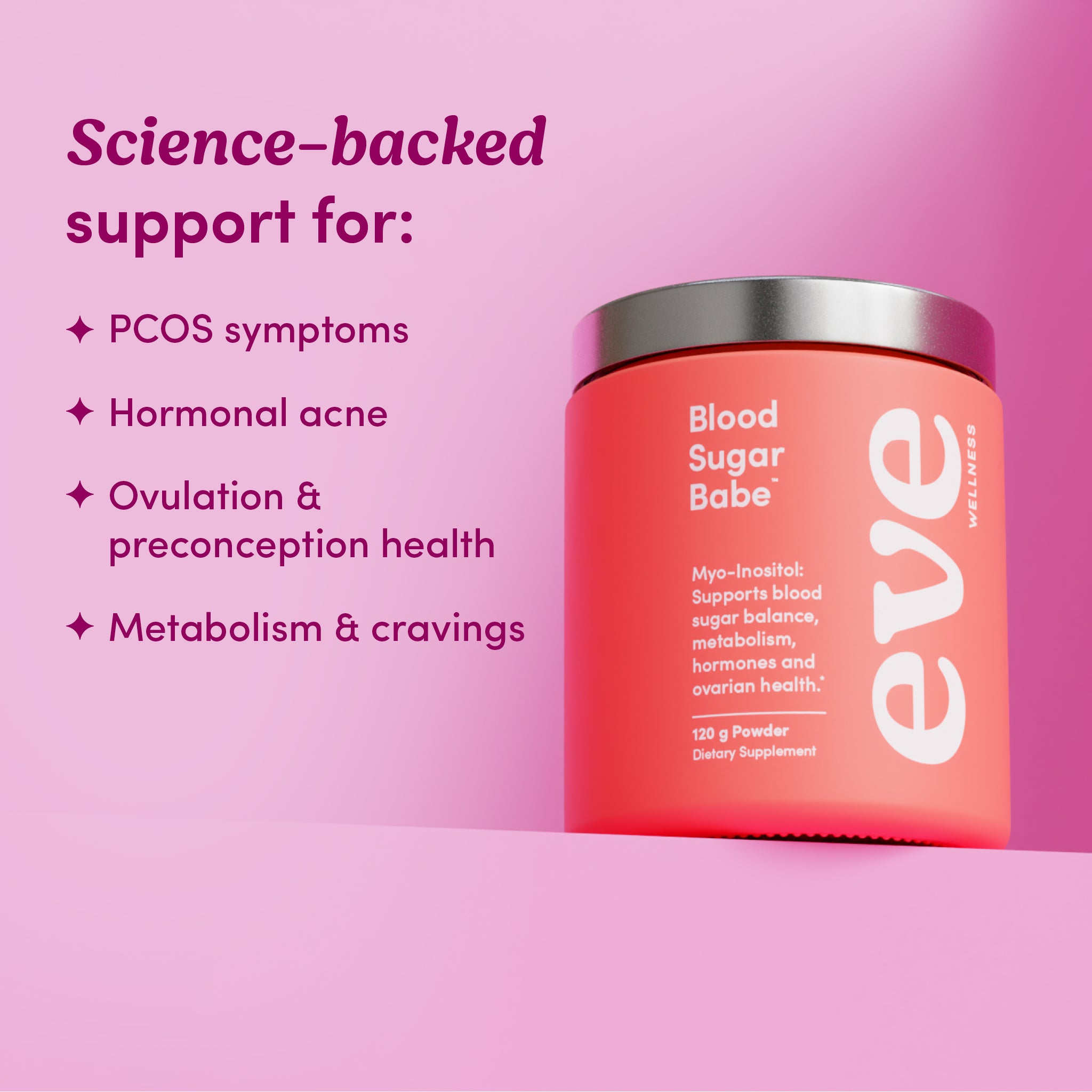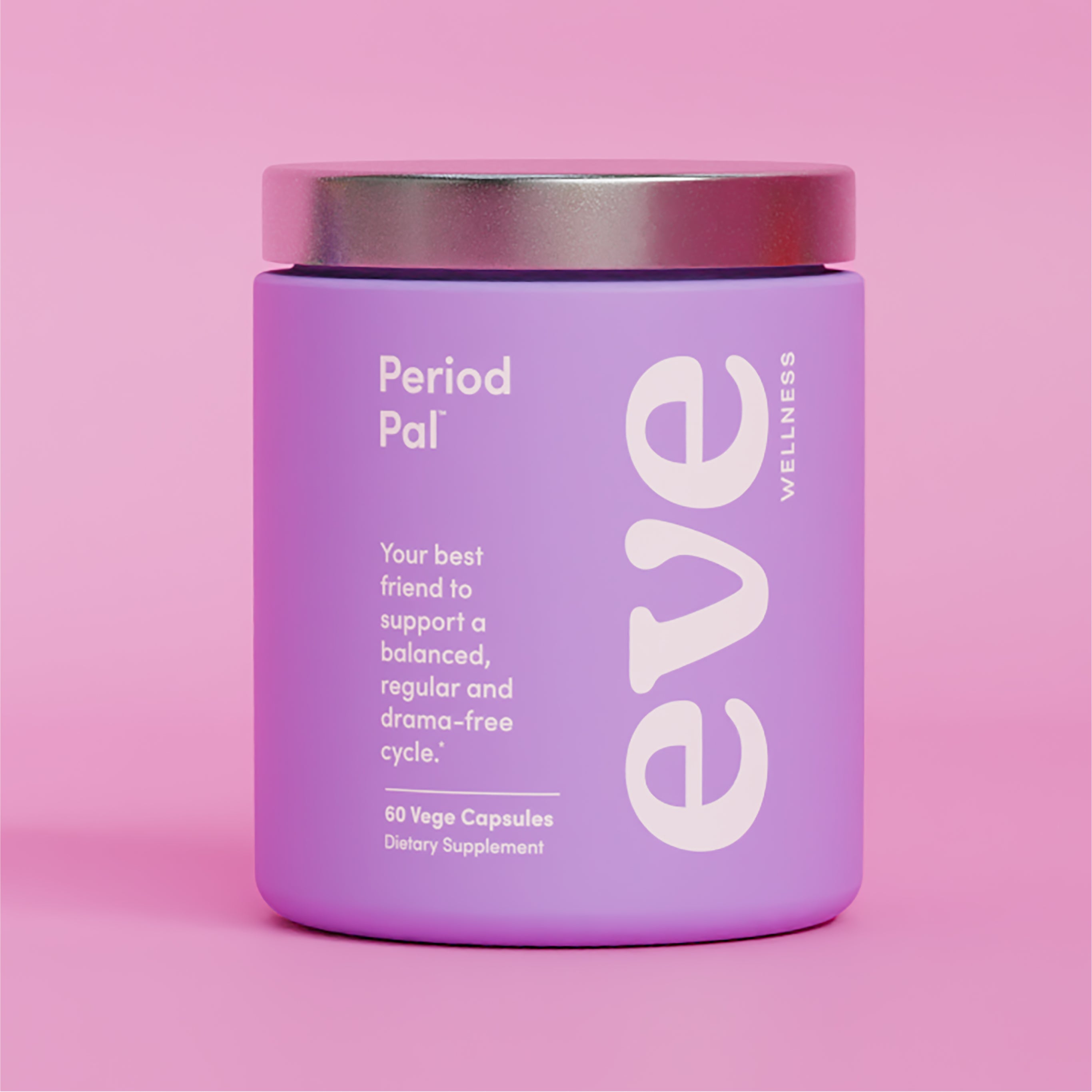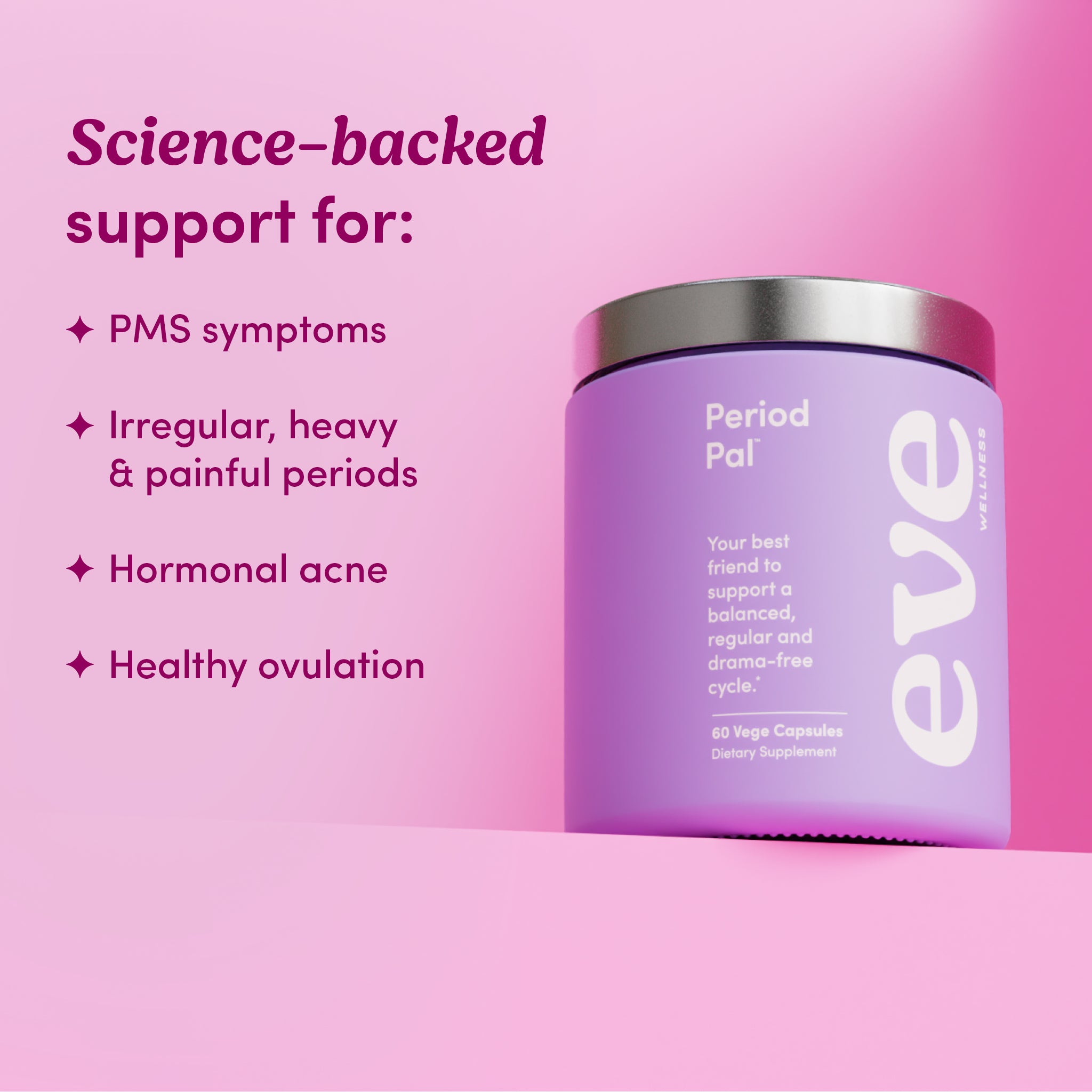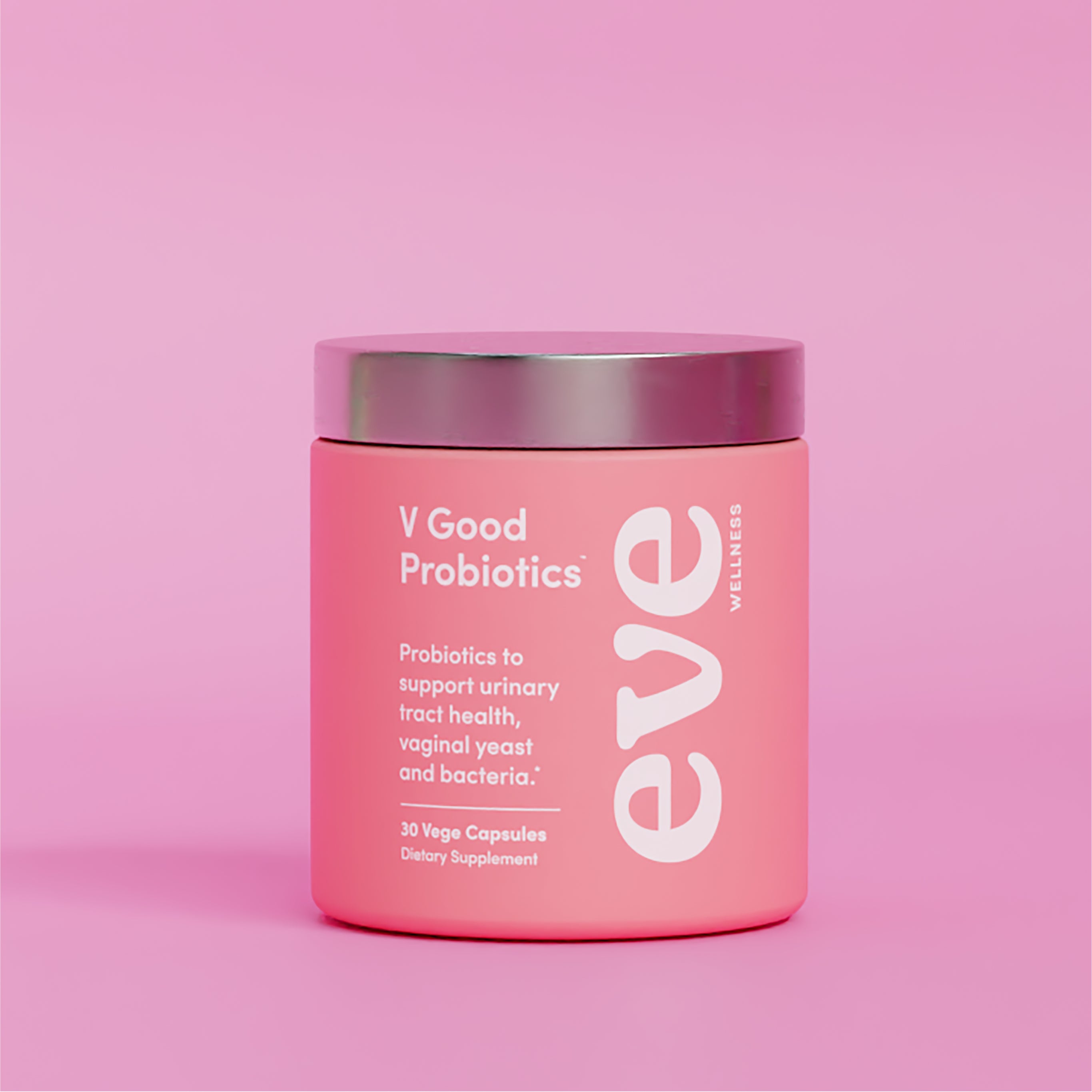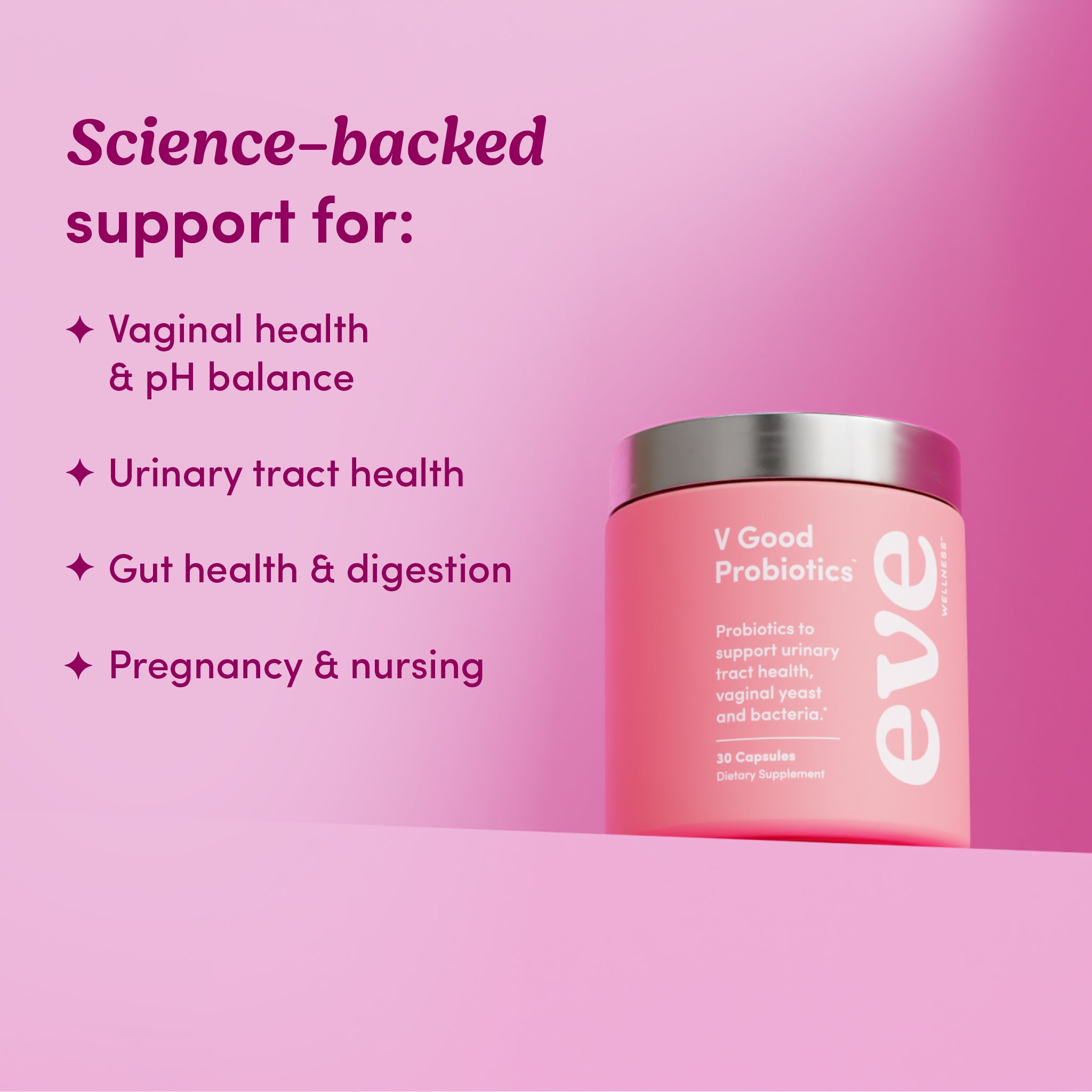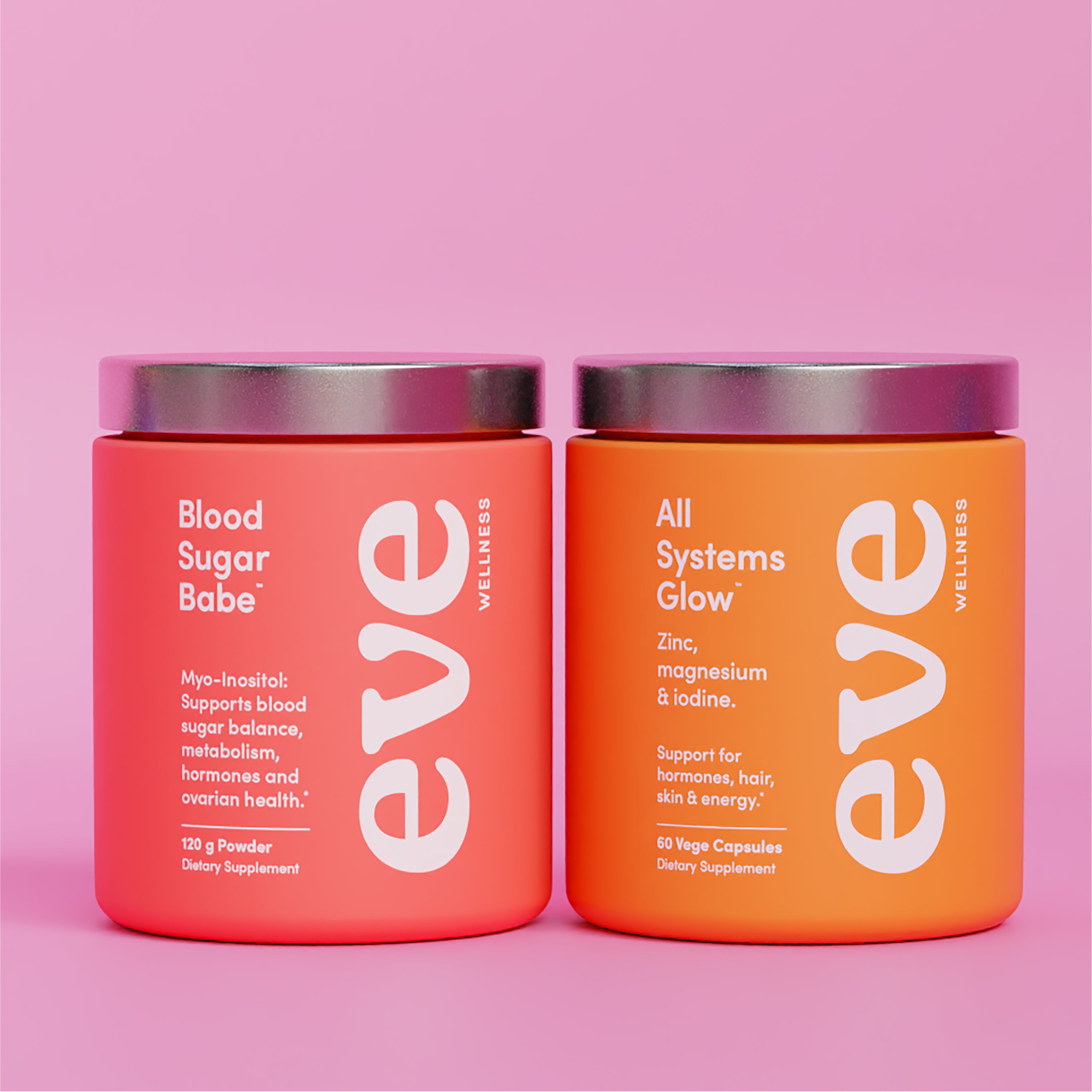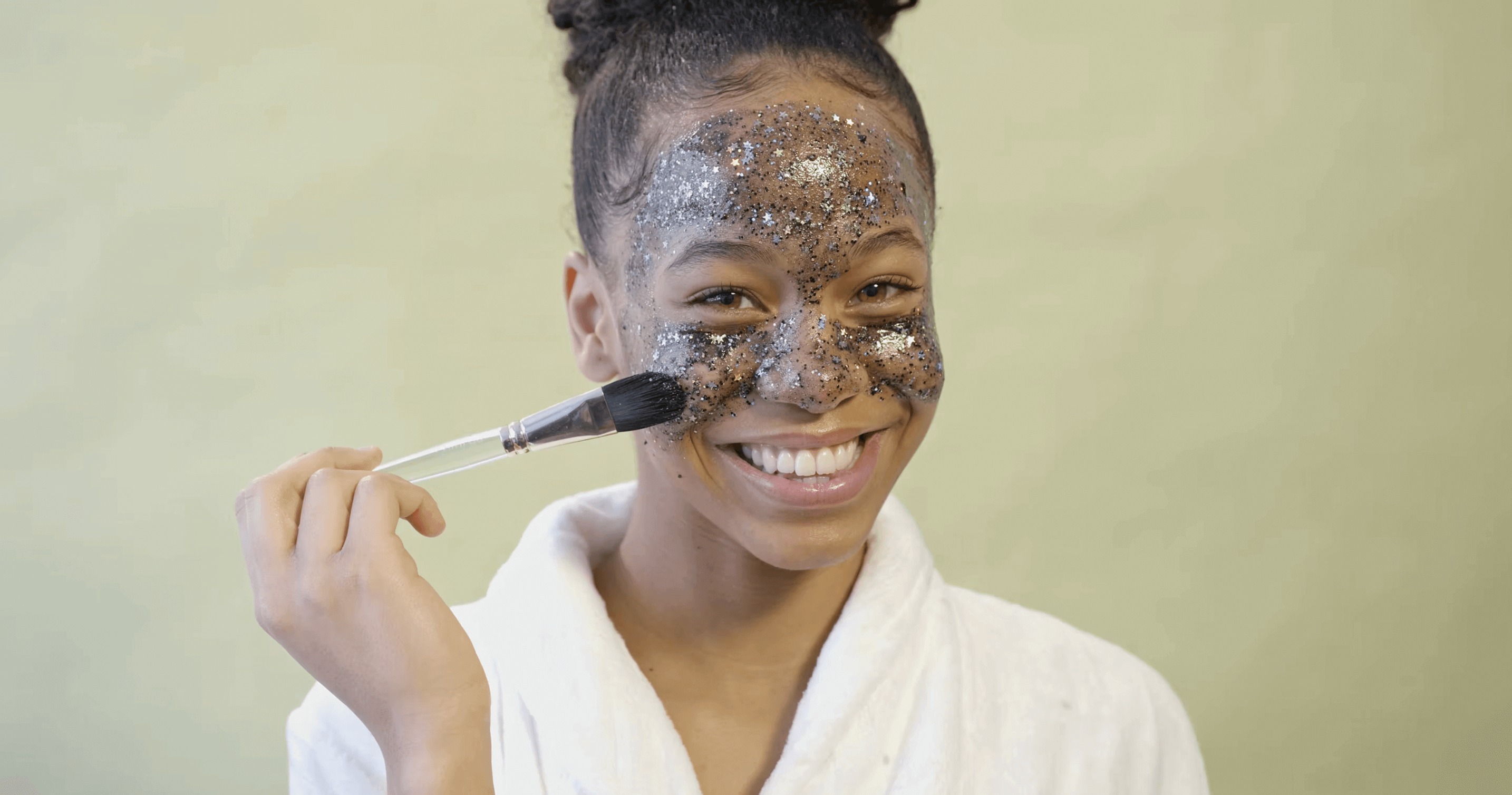Struggling with breakouts even though you eat pretty well, have a 5 step skincare routine and hydrate so hard you need to pee every hour? We feel your frustration.
Acne can be caused by a whole range of factors and some people are just more acne prone than others.
However, as our skin acts as a key detoxification channel, acne can also be a sign that something in your body is a little off balance or not functioning as well as it could be. Zits are really just messengers, letting you know that something is up and needs attention. Try not to hate on them.
While skincare play a significant part, hormones are one of the more complicated and often overlooked contributing factors to breakouts. ‘Oh, it’s probably just my hormones’ - you say. We say you’re dead right! But what does this actually mean?
Which hormones?
What’s going so wrong with them?
How does this lead to zits on my chin?
You're about to learn.
Androgens
The hormones with the most direct relationship to acne are androgens.
Androgens are a group of hormones that include:
- Testosterone and its metabolites
- DHEA-S
- DHEA
- Androstenedione
It has been well established that higher levels of androgens at the skin level convert to DHT - a potent and aggressive form of testosterone that causes the overproduction of skin oils. In short, the more oil that builds up, the more likely you are to develop hormonal acne.
While excess androgens crank up oil production on the surface of the skin, stress makes our skin glands much more susceptible and welcoming to excess androgens. This combination creates the perfect environment for acne to make itself right at home.
In addition to skin health, excess androgens have been linked to:
- Polycystic ovarian syndrome
- Irregular or absent cycles
- Unwanted hair growth
- Weight gain
- Infertility
A wee fact:
It is also worth noting that female testosterone levels peak around ovulation, naturally boosting our sex drive at the time we are most fertile. If you experience breakouts around the middle of your cycle, this slight surge in androgen activity may be why.
Progesterone
One of the many great roles that progesterone plays in the body is blocking the conversion of testosterone to its potent form, DHT, through inhibiting the enzyme, 5α-reductase.
The dreaded premenstrual breakout that affects so many women is often the result of progesterone that is lower than it would ideally be at this time. This is a very common hormonal imbalance we see at Eve, especially in those with high stress levels.
Low progesterone levels also contribute to acne that flares after going off hormonal birth control. It is common to have lower progesterone levels for a time while your body ‘remembers’ how to make its own sex hormones again (after relying on the synthetic oestrogen and progestins from the birth control).
Supporting healthy progesterone production is very underrated and often overlooked when it comes to hormonal acne.
Oestrogen
Oestrogen is another important sex hormone that is essential in the right amounts for clear, glowing skin. Both having too much and too little oestrogen may contribute to hormonal acne.
Like progesterone, oestrogen also helps to keep androgens in check. The two work as a tag team in this regard, one should rise while the other falls and vice versa.
Oestrogen should be the dominant hormone for the first half of the menstrual cycle (the follicular phase) and progesterone for the second (the luteal phase). When the two aren’t quite as in sync as they should be - androgens can take advantage of the situation and upregulate oil production in the skin, leading to pimples.
Additionally, having higher than optimal oestrogen levels can also contribute to acne. Once oestrogen has done its job, it must be detoxified through the liver before it can be excreted out of the body. Having a heap of oestrogen to detoxify, along with environmental toxins, caffeine, alcohol and chemicals in all our skincare and cosmetic products is essentially a huge load on the liver.
When the liver struggles, your body can attempt to eliminate excess toxins through the skin. Exactly why you might notice a few pesky spots after a night of pinot gris and not so nutritious food.
Insulin
One of the greatest myths about acne is that it has nothing to do with your diet.
This is simply not true for a number of reasons, and one of them is insulin.
Insulin is a hormone produced by the pancreas that regulates the amount of glucose (or sugar) in your bloodstream.
Our bodies produce insulin pretty much every time we eat carbohydrates, which is the body’s perfect reaction, as we need carbs. But it's big spikes in insulin that we want to avoid.
Our insulin surges in response to eating high GI carbs, such as:
- Sweets
- Sugary drinks like soft drinks and fruit juices
- Pastries
- Bread
- Pasta
- Noodles made with refined flour
In simple terms, high levels of insulin make androgens more active (cue excessive oil production), and increases insulin-like growth factor 1 (IGF-1). IGF-1 is a growth hormone that contributes to acne by increasing inflammation and upregulating the production of skin cells. Take the combination of oil, inflammation and excess skin cells and it’s no surprise that acne is the result.
Chronically high blood sugar and insulin levels can eventually lead to insulin resistance - a key contributor to the development of polycystic ovarian syndrome, a condition characterised by androgen excess, leading to acne, unwanted hair, irregular cycles and infertility in some cases.
Cortisol
We know of cortisol as our ‘stress hormone,’ but it’s actually crucial for a whole range of functions in the right amounts.
Cortisol doesn’t directly impact our skin, however the effects that cortisol has on our other hormones makes it well worth a mention. When cortisol is out of whack, you can pretty much bet your bottom dollar that other hormones will follow suit.
Ever noticed that you are more susceptible to breakouts when going through a particularly stressful period in life, or when you’re not getting enough sleep? In both of these instances, cortisol is the first hormone to the party.
Both cortisol and progesterone are made from the same precursor hormone; pregnenolone. When we are constantly in a stressed state, the production of stress hormones will be prioritised over sex hormones. High levels of cortisol is a common reason for low progesterone. And, as you learned above, progesterone plays its own important role in acne.
Additionally, cortisol prepares the body to ‘fight or flight’ in response to real or perceived stress. One way it does this is through releasing glucose (sugar) into the bloodstream. As we just learned, high blood sugar = high insulin = increased androgen activity = inflammation = acne. High stress levels and clear, glowing skin just don’t mix.
Looking for extra skin support? Our Better Together: Skin pack contains Period Pal and All Systems Glow, a packs-a-punch pair for clear, calm skin.
